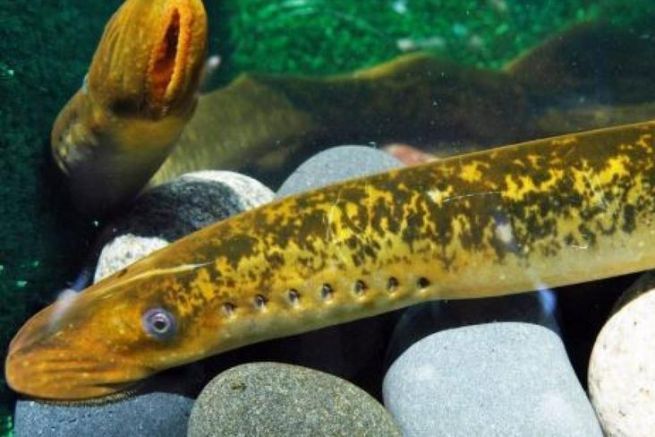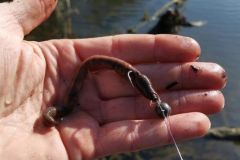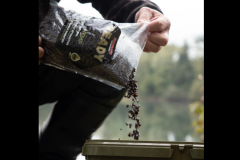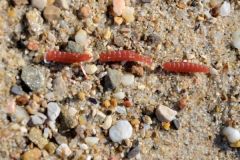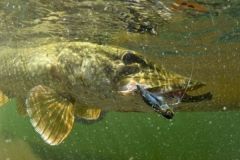Life cycle of the sea lamprey
The sea lamprey ( Petromyzon marinus ) is one of the three species of lamprey found in France with the river lamprey ( Lempreta fluviatilis ) and Planer lamprey ( Lempreta planeri ). The sea lamprey is a highly migratory fish qualified as anadromous, that is to say that this fish lives at sea and comes to reproduce in the river, and semelparous since after reproduction, the adults die. Two characteristics that the sea lamprey shares with other species of migratory fish such as the river lamprey, the great shad or the Atlantic salmon.
Backup plan
Since July 2019, the sea lamprey has been officially declared an endangered species. A management plan established by the COGEPOMI (Management Committee for Migratory Fish) Garonne-Dordogne-Charente-Seudre-Leyre, to be implemented in the Garonne basin and aiming to "save" this species is open to public consultation until midnight next Tuesday, January 5. This is an opportunity for everyone to give their opinion.
This plan is articulated in 3 points:
- to regulate the presence of catfish, which are a very strong predator of lampreys in the sectors at stake
- transfer sea lampreys from professional catching sites to catfish-free spawning areas
- reduce fishing pressure from professionals and amateurs using gear and nets
Deciphering this safeguard plan
Despite the destruction of habitats, pollution, dams, overfishing which are the main factors of the drastic fall of migratory fish populations, it is once again the catfish which is pointed out. As an example and as a comparison, in 2020 the sea lamprey returns have never been so important on the Loire River for 15 years. It is therefore possible to have large lamprey runs despite the presence of catfish.
Also, the reduction of fishing pressure by professionals and amateurs using gear and nets provided for in this management plan is reflected in the limitation of sea lamprey fishing from January 1 to April 30. Usually authorized to fish all year round, this limitation in time serves no purpose since it corresponds precisely to the period during which the bulk of the sea lamprey run takes place, which occurs between February and April. Moreover, no harvest quota has been set up.
Beyond that, and in the same way as the order aimed at framing the professional elver fishery for the 2020-2021 season it seems quite paradoxical to allow any harvesting by professional and amateur fishermen of a living being officially threatened with extinction. It would seem much more relevant to allow the harvesting when the sea lamprey stock is sufficient to ensure the sustainability of the species.
You can find the link of this project in public consultation HERE
